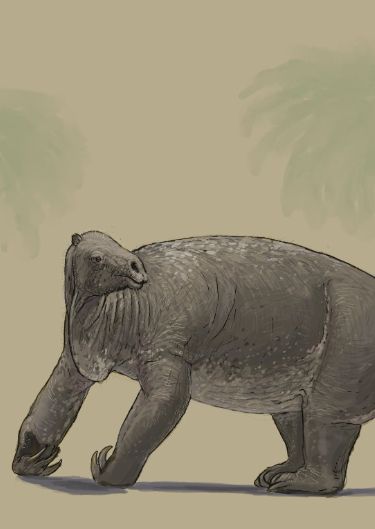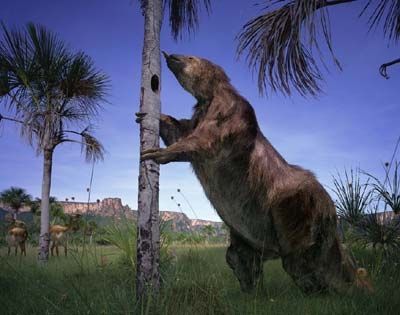

@fossilfracas.com)

@fossilfracas.com)








@ripleysaquariums.bsky.social of The Smokies is an appropriate showcase!

@ripleysaquariums.bsky.social of The Smokies is an appropriate showcase!
www.scup.com/doi/10.18261...

www.scup.com/doi/10.18261...






















